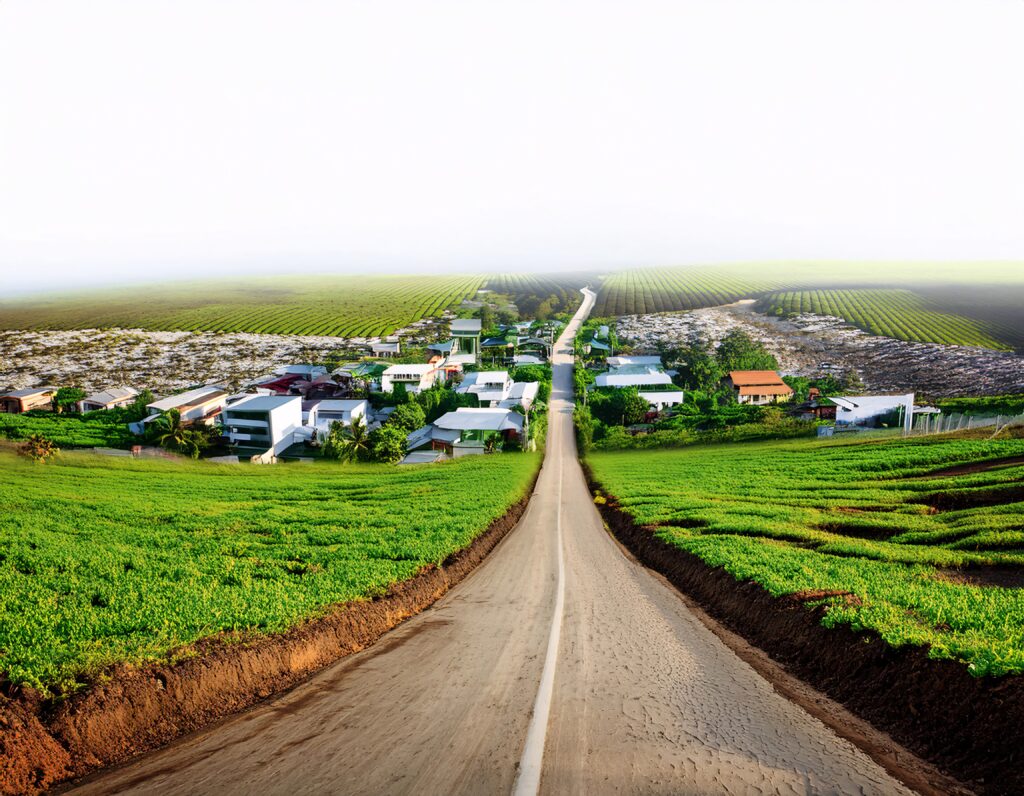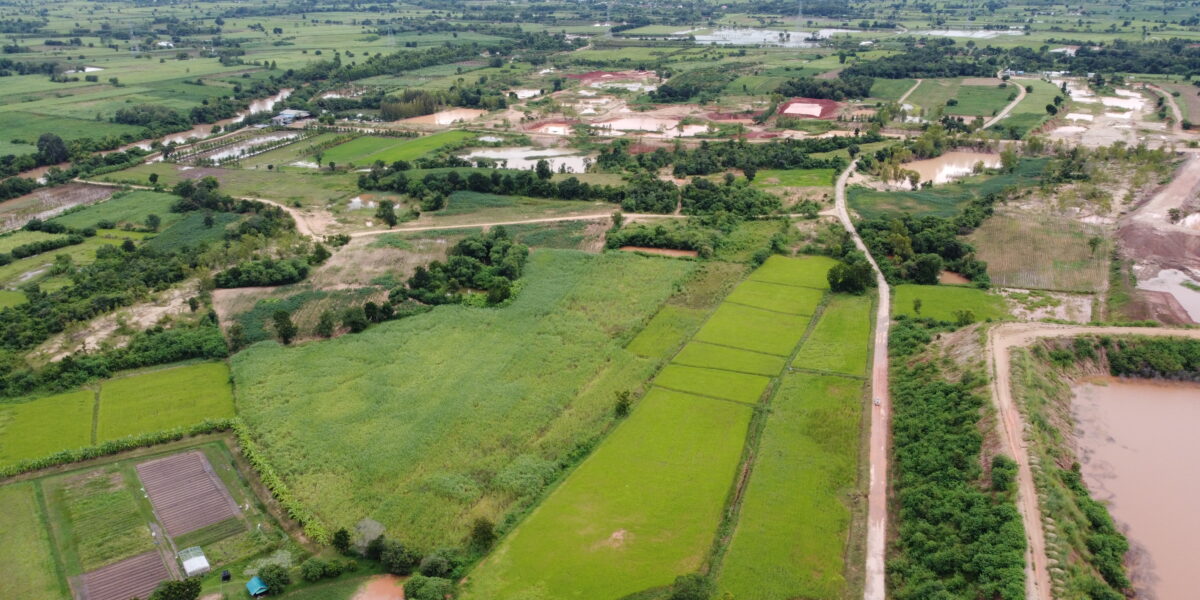In today's digital age, having a reliable and fast internet connection is crucial for everything from education and work to communication and entertainment. Yet, for many individuals living in rural areas, securing a stable internet connection presents unique challenges. If you're wondering how to get internet in rural areas, you're in the right place. This comprehensive guide aims to provide actionable, clear, and concise information to help you navigate the myriad of options available.
Understand Your Internet Needs
Before diving into the specifics, it's essential to understand your internet needs when learning how to get internet in rural areas. Different activities require different bandwidths:
- Basic Browsing and Email: 1-5 Mbps
- Streaming Videos (Standard Definition): 3-4 Mbps
- Streaming HD Videos or Online Gaming: 5-25 Mbps
- Video Conferencing or Remote Work: 10-50 Mbps
By pinpointing your specific needs, you can make more informed decisions on the internet speed that’s right for you

Best Internet Options for Rural Areas
1. Satellite Internet
Satellite internet is one of the most widely available solutions for rural residents.
- Pros: Coverage in even the most remote locations, relatively easy installation.
- Cons: Latency issues, higher costs, data caps.
Speed range:
- 20 - 250 Mbps download
- 3 - 20 Mbps upload
If you're a rural business owner needing more robust service, you can also learn about rural business internet options for satellite and beyond.
2. Fixed Wireless Internet
Fixed wireless internet uses radio signals to provide internet service, typically through a line-of-sight connection to a tower. Speeds generally range from 12 - 50 Mbps.
- Pros: Lower latency compared to satellite, good speeds.
- Cons: Requires a clear line of sight, limited to certain areas.
Speed range:
- 10 - 100 Mbps download
- 5 - 50 Mbps upload
3. Mobile Broadband
Utilizing 4G and increasingly 5G networks, mobile broadband can be a viable option. Speeds typically range from 5 - 50 Mbps, depending on the provider and location.
- Pros: Mobility, ease of installation, no need for a fixed line.
- Cons: Limited data plans, variable speeds depending on network congestion and coverage.
Speed range:
- 5 - 150 Mbps download
- 1 - 35 Mbps upload
4. DSL (Digital Subscriber Line)
DSL uses existing telephone lines to provide internet service.
- Pros: Relatively stable connection, reasonably priced, often available in semi-rural areas.
- Cons: Slower speeds compared to cable or fiber, speed decreases with distance from the provider's central office.
Speed range:
- 1 - 100 Mbps download
- 0.5 - 10 Mbps upload
5. Community Networks
Local initiatives where communities pool resources to build and operate their own broadband networks.
- Pros: Tailored solution for specific community needs, potential for high speeds.
- Cons: Requires local initiative and investment, varied performance and support.
Speed range:
- 10 - 1,000+ Mbps (1 Gbps) download
- 10 - 1,000 Mbps upload

How to Boost Internet Speeds in Rural Areas
Here are several strategies to improve internet speeds in rural regions:
- Enhanced Equipment: Investing in a high-gain antenna or a more powerful router can amplify signals and improve connectivity.
- Signal Boosters: Installing signal boosters can enhance mobile broadband and fixed wireless signals, making for more stable and faster internet.
- Data Optimization Tools: Using software to manage and optimize data usage can help make the most of available bandwidth.
- Wired Connections: Whenever feasible, using wired connections (Ethernet) instead of Wi-Fi can lead to more reliable and faster internet speeds.
- Subscription Plans: Working with your provider to adjust your subscription plan, including opting for higher-speed plans if available, can significantly improve your internet experience.
What If You Still Can’t Get Reliable Internet?
For regions with particularly poor connectivity, we recommend the following steps.
Run a Local Feasibility Check
Assess the available options, coverage maps, and consult with local providers to understand your starting point.
Collaborate with Your Community
Work with community leaders and local governments to explore public-private partnerships that could enhance internet infrastructure in the area.
Satellite Internet as a Backup
Given its extensive coverage, satellite internet can be a primary or supplementary method to ensure some level of connectivity.
Use Mobile Networks Strategically
Place emphasis on mobile broadband where traditional ISPs fall short. Analyze the best carrier in your region for the best performance.
Explore Government Grants
Look for government grants and subsidies designed to enhance internet access in rural communities, such as those provided under the FCC's Rural Digital Opportunity Fund (RDOF).
Frequently Asked Questions
What are the best internet options in rural areas?
Some of the best internet options in rural areas include satellite internet, fixed wireless internet, mobile broadband, DSL and local community networks.
What’s the best choice for remote farms or cabins?
Satellite internet may be the best choice for remote farms or cabins, depending on proximity to alternative network options.
Can the weather affect satellite internet?
Yes, adverse weather conditions can impact satellite internet performance.
Conclusion
By considering these options and recommendations, individuals and communities in rural areas can significantly enhance their internet connectivity, making it more reliable and faster.
If you have any further questions or need tailored advice, feel free to reach out for more personalized guidance or see available plans from a provider who understands rural internet challenges
Securing a reliable and fast internet connection in rural areas can indeed be challenging, but it's far from impossible. Whether you opt for satellite, fixed wireless, mobile broadband, DSL, or even a community network, understanding your specific needs and the pros and cons of each option will help you make the best choice. By leveraging the available resources and technologies, you can enjoy a solid internet connection that enhances your lifestyle, work, and entertainment.
For those pondering how to get internet in rural areas, consider this guide your blueprint for making an informed decision that ensures seamless connectivity.




